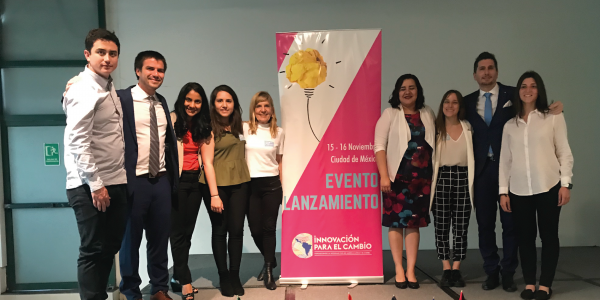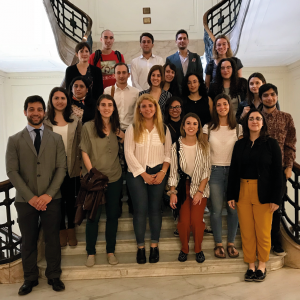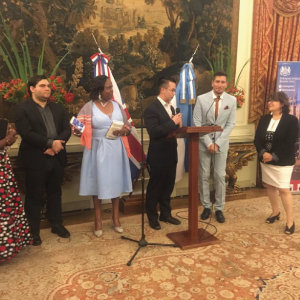The year ends and the organizations start to plan which will be the following steps in 2019. New ideas, responsibility distribution, and drafting of possible projects are some of the activities that keep the teams busy during the OSC. In this entry, we will share some tips and suggestions from the RACI´s International Cooperation guide to take into account when thinking and writing a proposal for a donor.
A project is a systematic way of offering a response to a problem identified as such and each of the projects start from the analysis of reality in order to identify the problems that affect a community or group. Once we identify an specific issue, it is important to take into account that the problem must NOT be express as a lack of something. On the other hand, it is necessary to reflect on what needs to be change, questioning and thinking of possible causes and consequences of the proposed change.
Once stated the problem, it is important to determine the general and specific goals. The general goal relates to the aim of the project: the aimed effect; the specific goals relate to the divergent effects that the projects need to achieve in order to guarantee the desire impact.
The goals must be written in plain language, be brief and concrete, be realist and feasible and be written in infinitive.
From the goals, the aims and activities of the project are detached. The aims must express the achievement that one is seeking with the implementation of the project in the given time. Thus, the fulfillment of the goals must be measurable. On the other hand, the activities are necessary to achieve each of the specific goals. In this section, it is recommendable to do a draft of the schedule of activities.
During this part of the process, it is necessary to take into account the risks, in other words, any external factor that the organization cannot control and that may affect the implementation of the project.
The expected results are the goals achieved after ending a process. They must be quantifiable and their measurement must be done using criteria focused on: quantity, quality, and time. Also, they have to relate to the activities, general, and specific goals. It is recommended to make sure that:
- The main results to fulfill the specific goals are included.
- The results are feasible.
- Each result is a mean to achieve the goals.
- The goals are defined correctly and in a verifiable way.
When talking about indicator, we are referring to the specifics steps of progress achieved during the fulfillment of the aims. There are three categories:
- Impact indicators: they measure the expected changes.
- Effect indicators: they measure the changes that will take place.
- Fulfillment indicators: they measure whether the aims have been achieved or not.
Regarding the sources for verification, these are the means to know and verify the fulfillment of the stated aims. Primary (they relate to people) or secondary (they relate to data, places or documents) sources can be used.
Finally, the evaluation of the project is a programmed activity of reflection about the action based on systematic procedures of recollection, analysis and interpretation of information, with the aim to issue subjective, communicable and argumentative judgment on the activities, results and impacts of the project, and to formulate recommendations in order to make decisions to adapt the present action and better any future steps. It is extremely important to start the instance of evaluation previous the implementation of the project so one can know that the resources needed are available, whether the information needed is clear and to analyze the context in which the project will take place. An evaluation during the middle of the implementation is also recommendable as it helps to avoid any situation that may risk the project and, therefore, recalculate the process. Lastly, the final evaluation when ending the project will show which actions and process must be conserved and implemented in the future and which strategic decision must be change in order to avoid mistakes.
If you want to know more about how to submit a project, you can download the International Cooperation guide in our Virtual Library.






